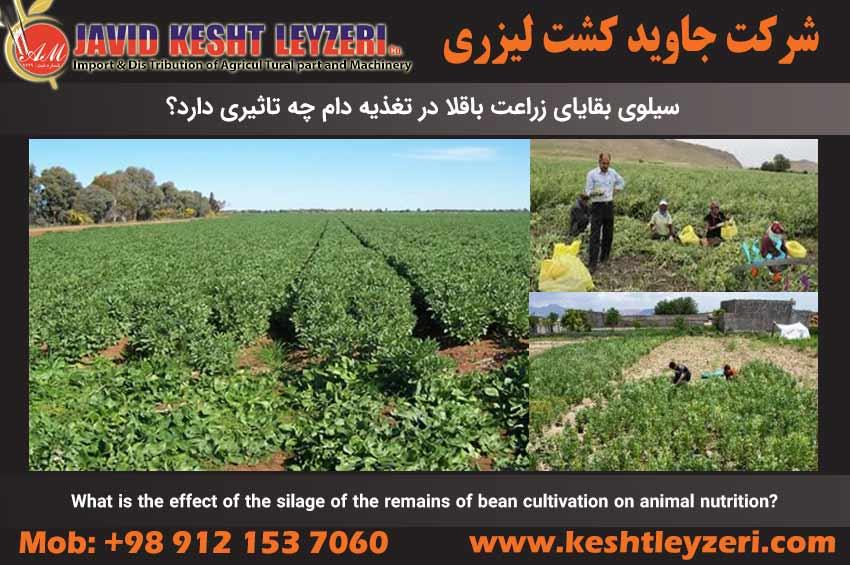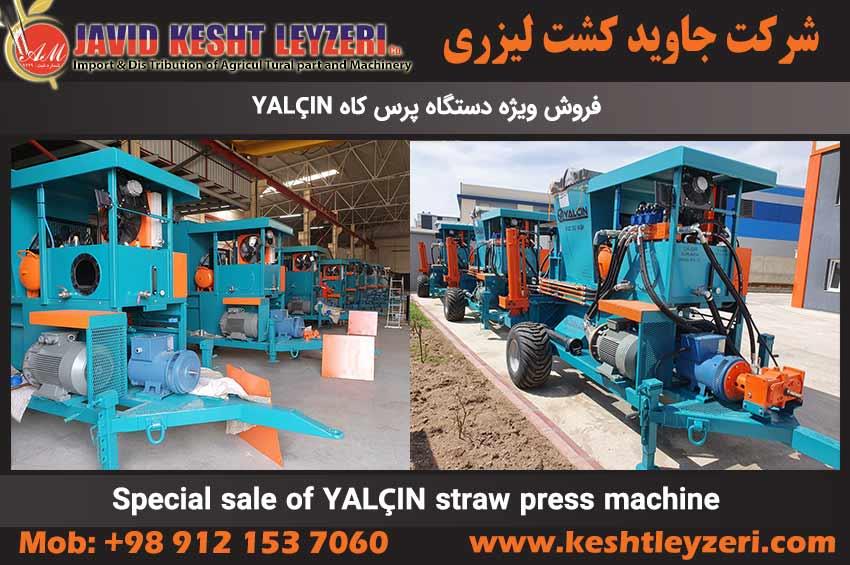
What is the effect of the silage of the remains of bean cultivation on animal nutrition?
javid keshtleyzeri Co.ltd
List of contents of this section:
What is the necessity of using the silage of bean farming residues?
What is the effect of the silage of the remains of bean cultivation on animal nutrition?
What are the steps and method of ensiling the agricultural residues left on the ground from the bean plant harvested for animal feeding?
What is the nutritional value of unensilated and ensiled bean farming residues?
What are the dos and don'ts in producing silage from the residue of bean farming?
In the following, the above contents will be examined.
What is the necessity of using the silage of bean farming residues?
Beans are an annual plant that, in addition to the beneficial properties of the soil, its remains can also be used as a good silage. This plant belongs to the family of leguminous plants and is one of the important sources of protein. Compared to gramineous plants, beans have more palatability and protein value. Bean straw residues also contain more protein, calcium and magnesium than grain straw, and if harvested correctly, it is considered a suitable feed for livestock. The residues of bean cultivation include stalks, leaves, semi-ripe beans along with seed skins and weeds. If this fodder is harvested on time and its moisture percentage (81%) and problems such as weak stems and porosity and is not damaged by insects, it may turn black in a short period of time and become unusable for livestock. Therefore, after harvesting the main crop, these residues should be collected using a harvesting machine and stored in a silo.
What is the effect of the silage of the remains of bean cultivation on animal nutrition?
The silage of the remains of bean farming has important effects on animal nutrition. When beans are used as fodder for livestock, the silage residue is a rich source of energy, protein, and fiber for livestock. Silage of bean residues has the most obvious effect on improving livestock growth and performance.
Compared to other agricultural residues, this type of silage has a higher volume of bran, seed shed, and nitrogen. In addition, bean silage has appropriate and balanced amounts of vitamins and minerals, which play an important role in improving animal health.
Due to the large amount of protein obtained from bean silage, it has a very positive effect on the growth and performance of livestock muscles. This creates a significant improvement in stress tolerance and resistance to various diseases in livestock.
The presence of significant fiber in the silage of bean residues can improve digestive problems in livestock and improve the performance of the digestive system of livestock. This rich source of fiber can also control obesity problems in some livestock and help maintain a healthy body condition.
In general, the use of silage of bean farming residues in livestock feeding can help improve livestock performance, strengthen the immune system, and improve the general health of livestock. This will ultimately lead to improved production and thus improved economic cycle of the farm.
What are the steps and method of ensiling the agricultural residues left on the ground from the bean plant harvested for animal feeding?
The steps and method of ensiling bean crop residues are as follows:
1. After harvesting the beans with a sickle, the remaining fodder is chopped using a chopper.
2. Mix the chopped remains of beans with sugar beet molasses at a ratio of 6%.
3. Store the chopped residues in layers in the silo and cover each layer with chopped wheat straw.
4. Cover the surface of the silo with plastic and fix it using flower straw and worn rubber rings.
Dealing with the silage process should be done in such a way that first we have to spread the wheat straw to a diameter of about 25 cm in the bottom of the silo. Then, by sprinkling molasses, form the next layer of bean crop residues and place them with a diameter of approximately 30 cm. In large silos, heavy machinery such as tractors can be used, and in small silos, small rollers or 220-liter barrels filled with water, etc., can be used. This process continues until the silo is completely filled. At the end, we cover the surface of the silo with a complete plastic cover and fix it using flower straw and worn rubber rings. Wheat straw is also used with the aim of increasing the concentration of dry matter and bringing it to about 30%.
What is the nutritional value of unensilated and ensiled bean farming residues?
By increasing the amount of wheat straw, the amount of raw protein of silage material decreased from 14% to 82.10%. However, the amount of raw fibers and cell wall without hemicellulose increased with the addition of wheat straw and reached 93.35 and 60.42%, respectively. Also, the amount of crude fat in the crop residues of ensiled beans is also reduced by reducing the amount of protein in wheat straw. It is also shown in Table 1 that the pH level in the crop residues of ensiled beans with 30% of dry matter was 20.4.
What are the dos and don'ts in producing silage from the residue of bean farming?
1- Never store bean crop residue in silo without adding additives containing easily digestible carbohydrates.
2- Due to the high moisture content and empty stalks, field beans are quickly exposed to air and turn black and may turn white, so after harvesting, they should be properly stored in silos.
3- When you store silage, you should use moisture drying materials to reduce the humidity and regulate the use of silage.
4- Beans are a type of legume and need more time for lactic fermentation, so the silo door must not be opened for at least 40 days.






